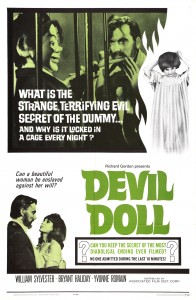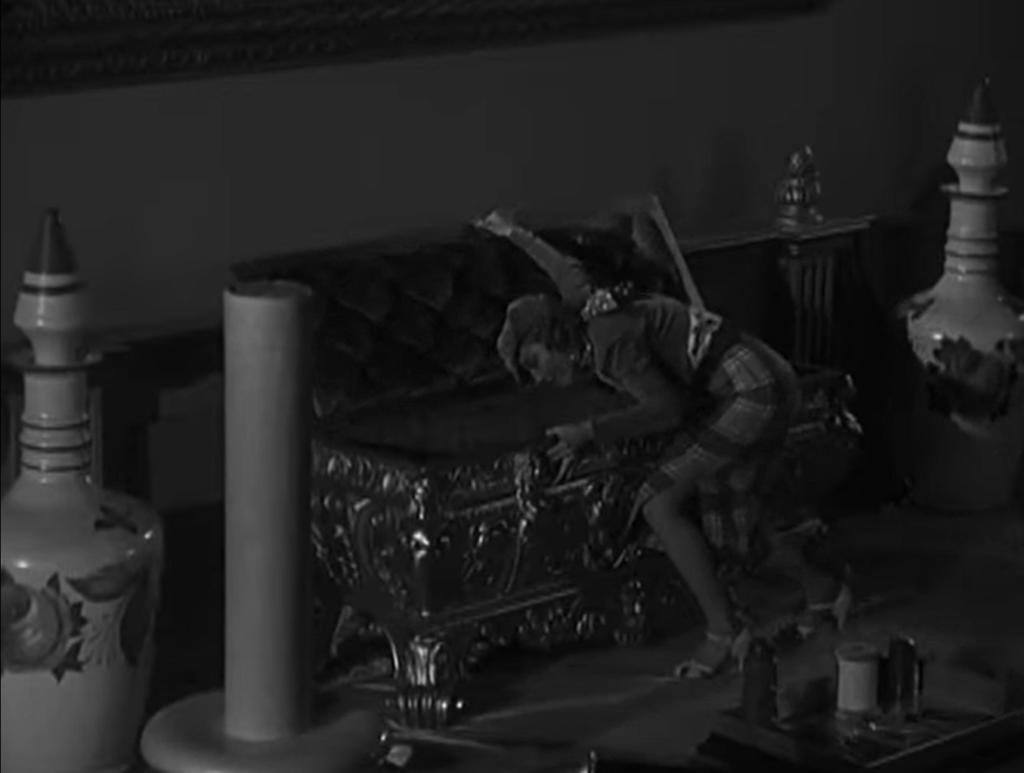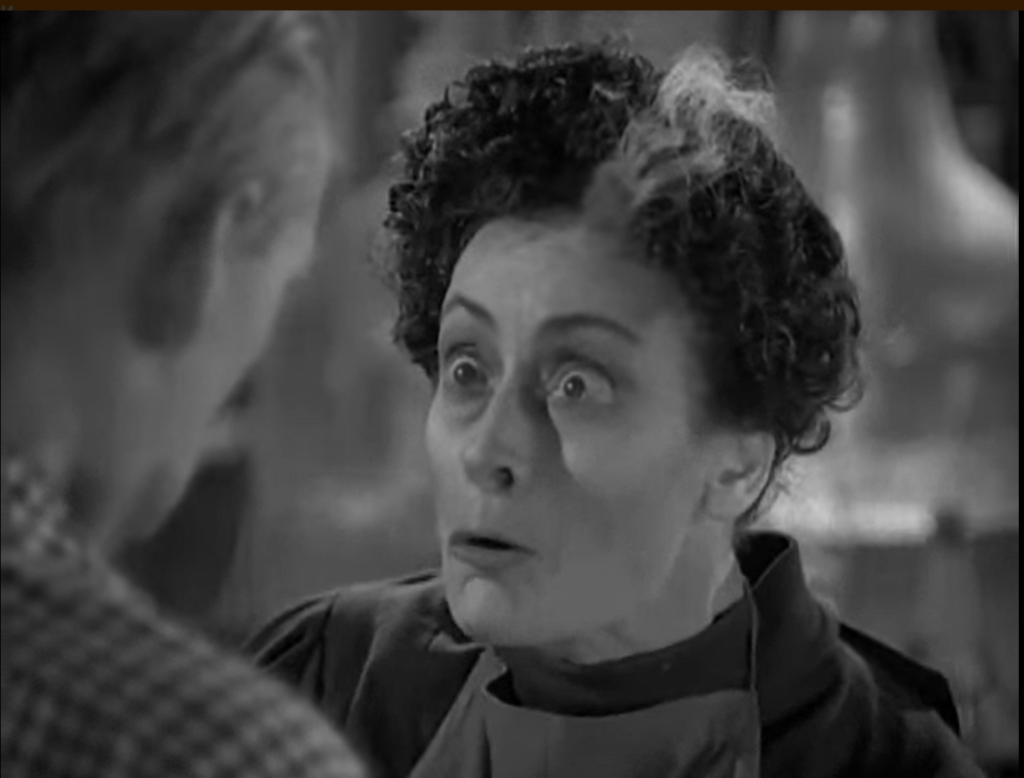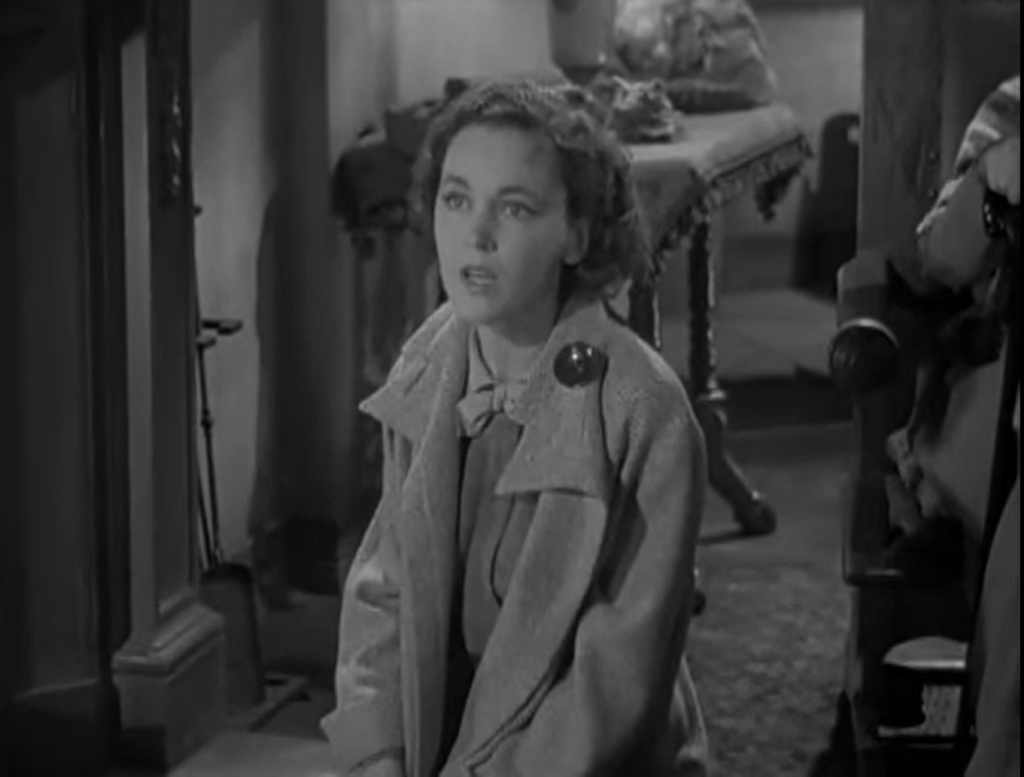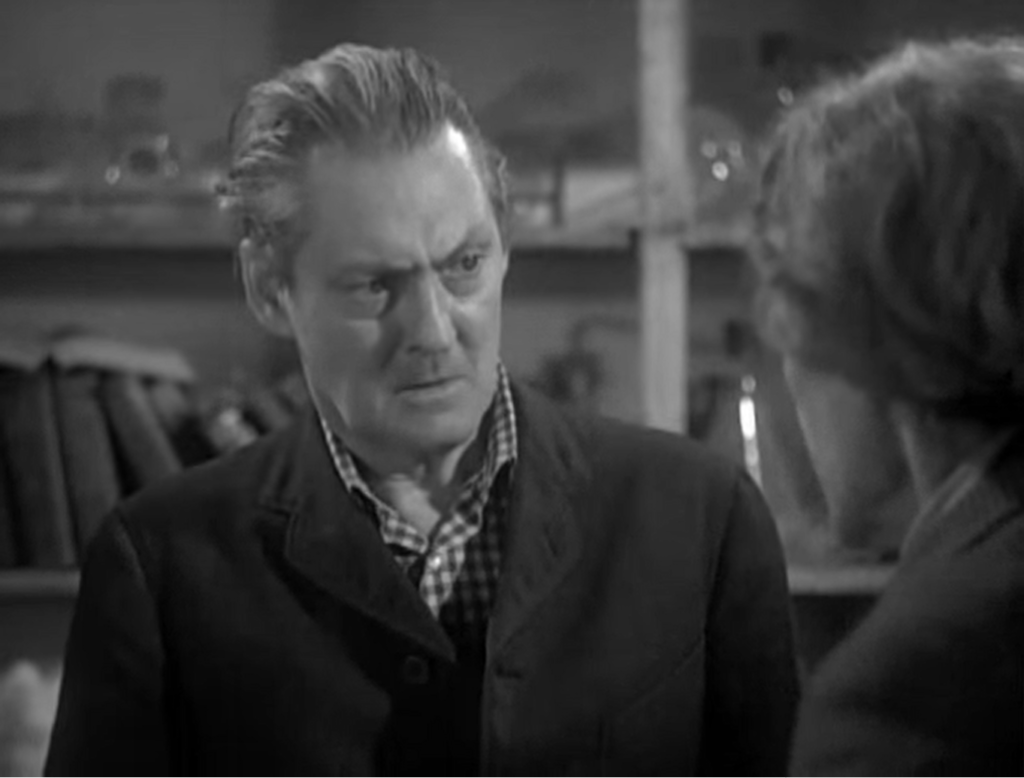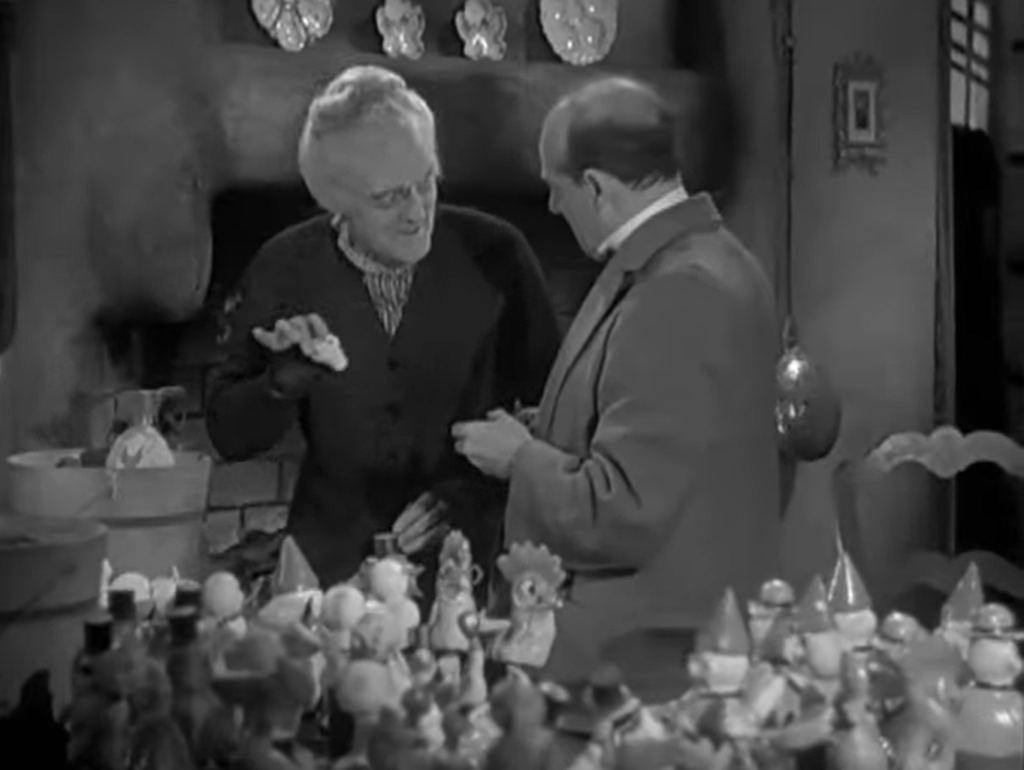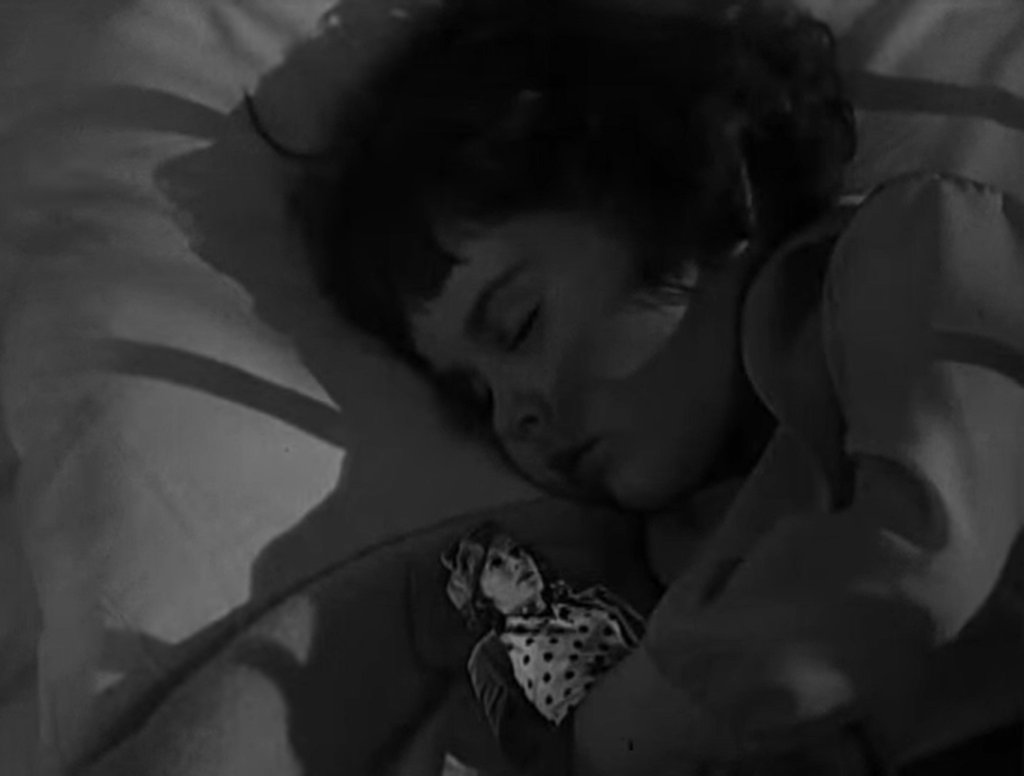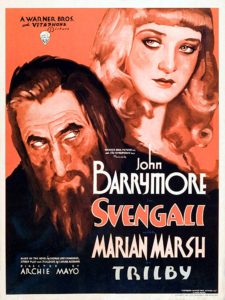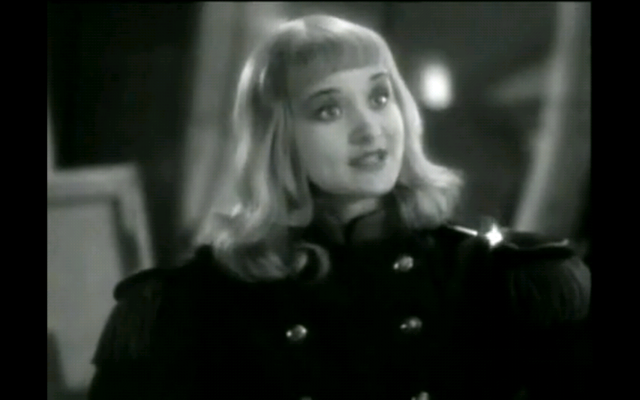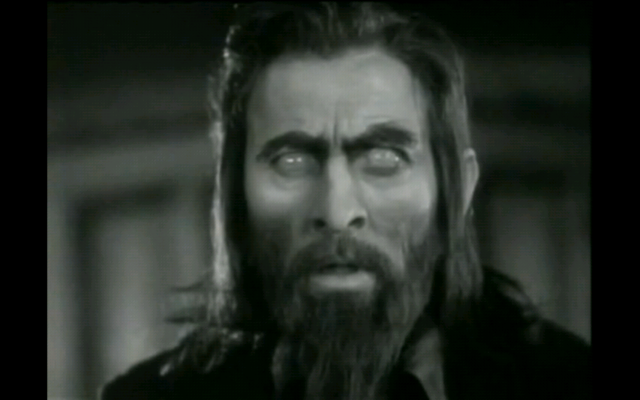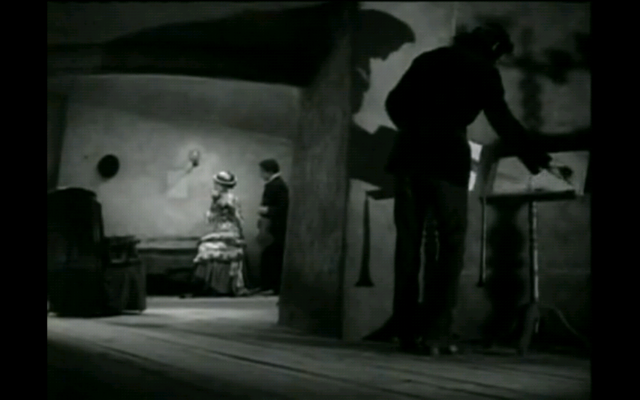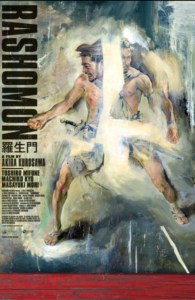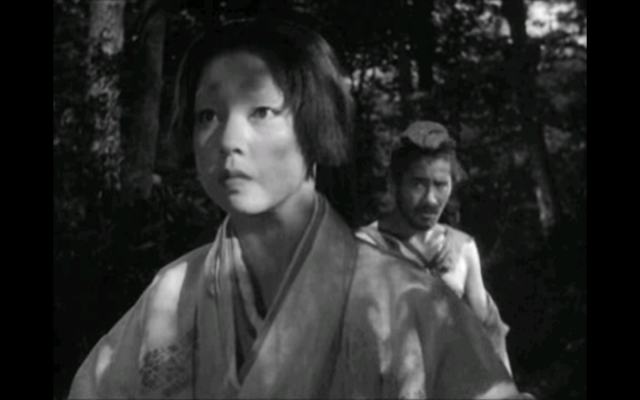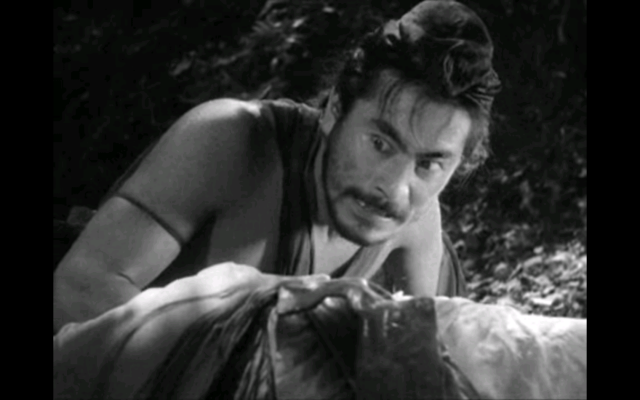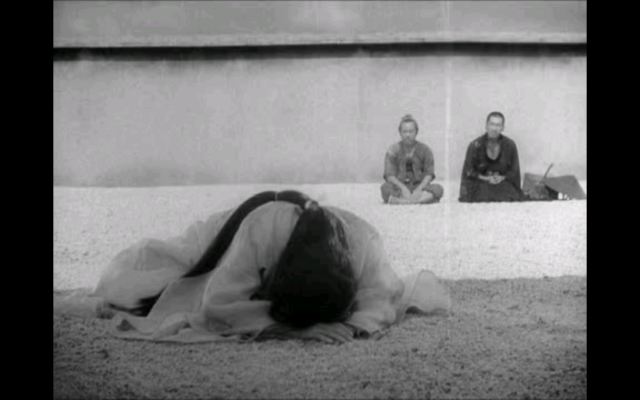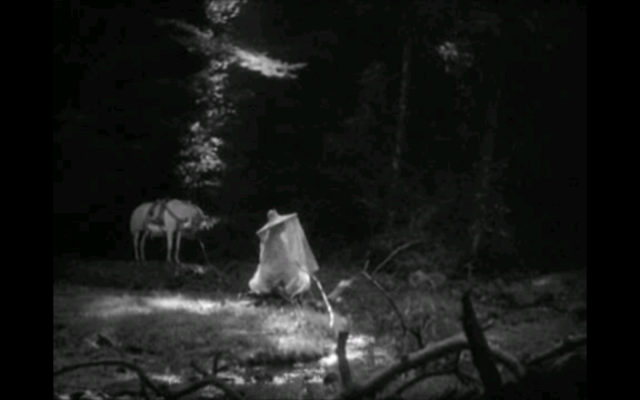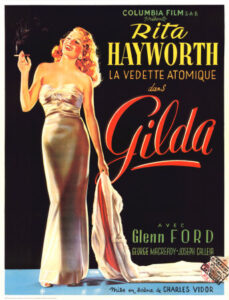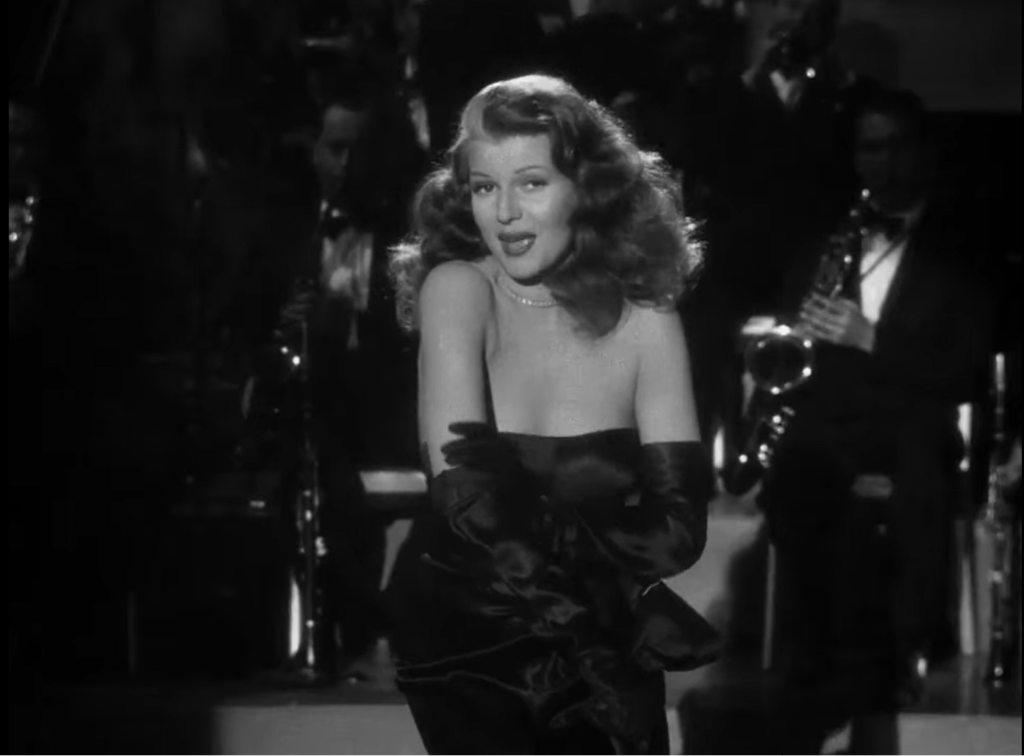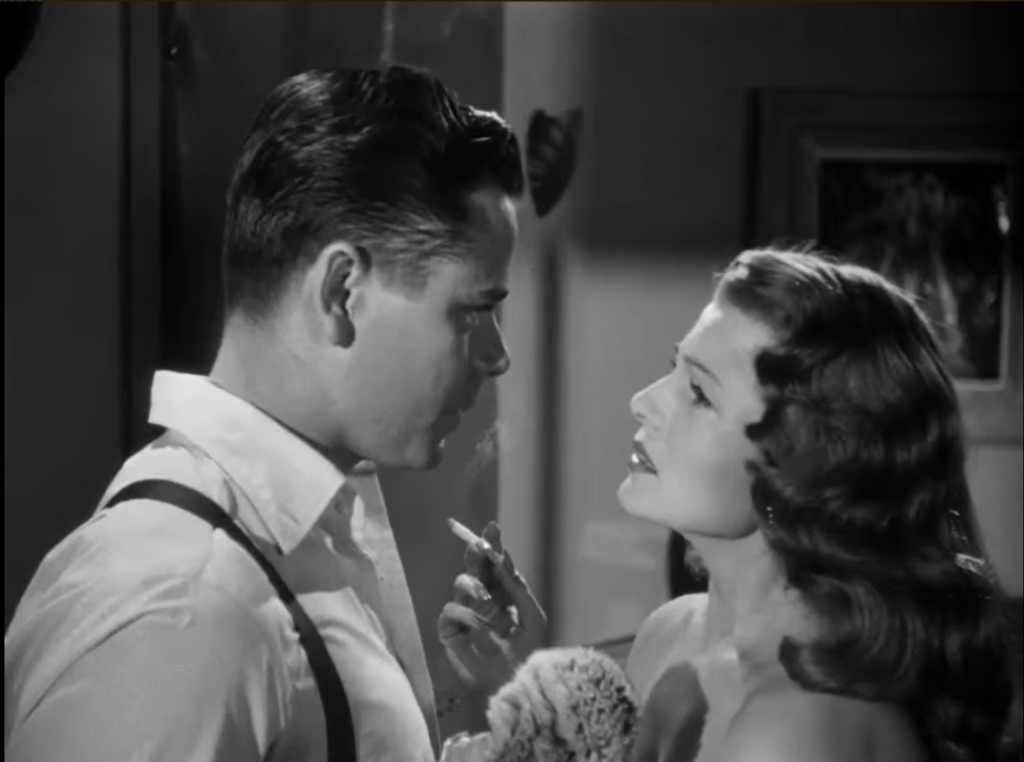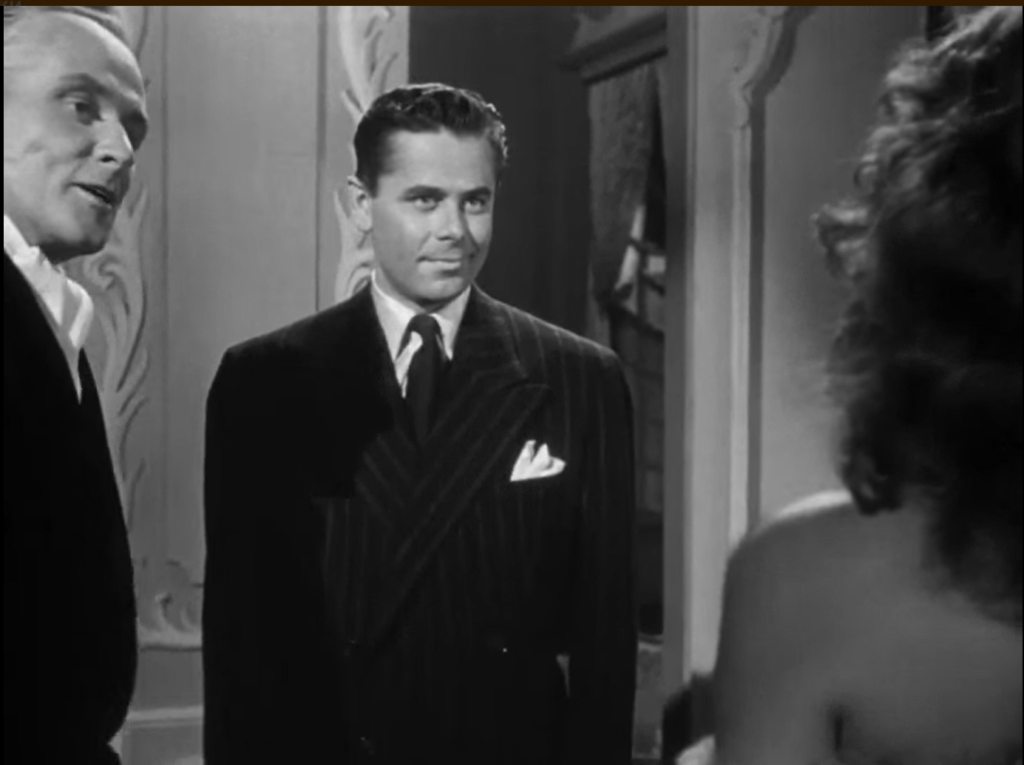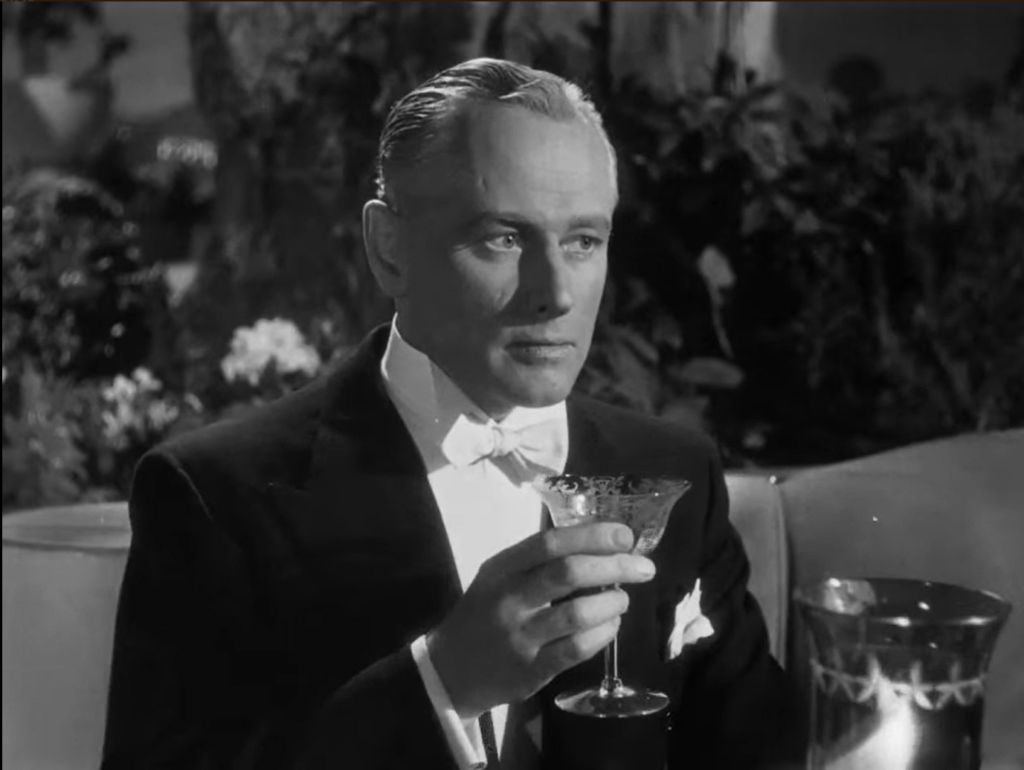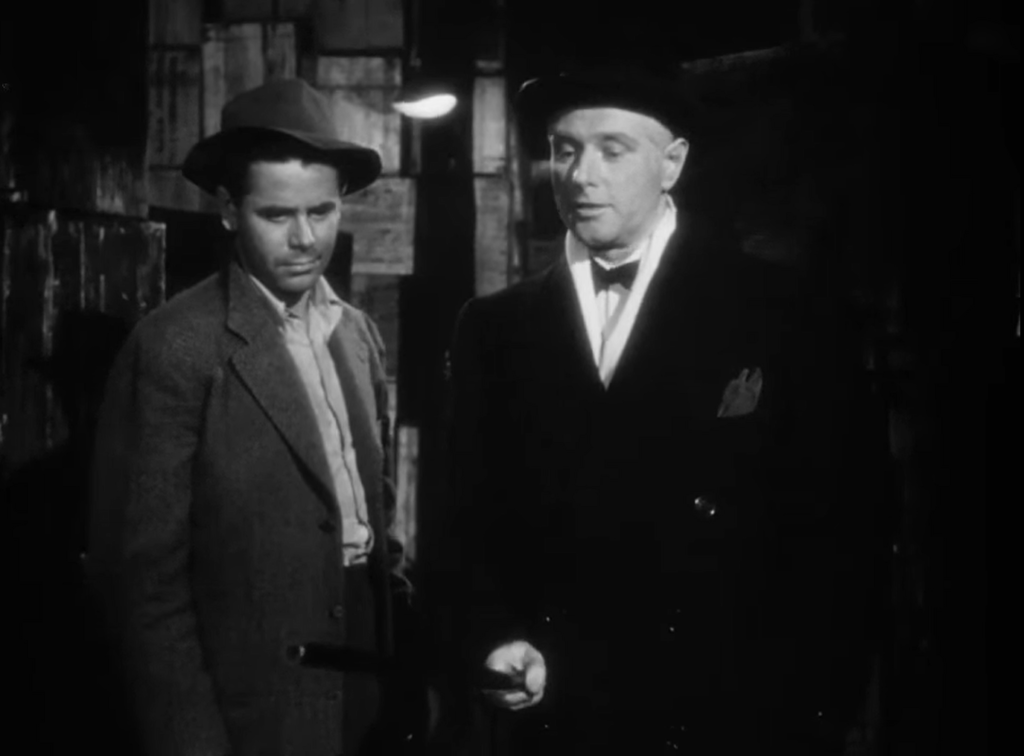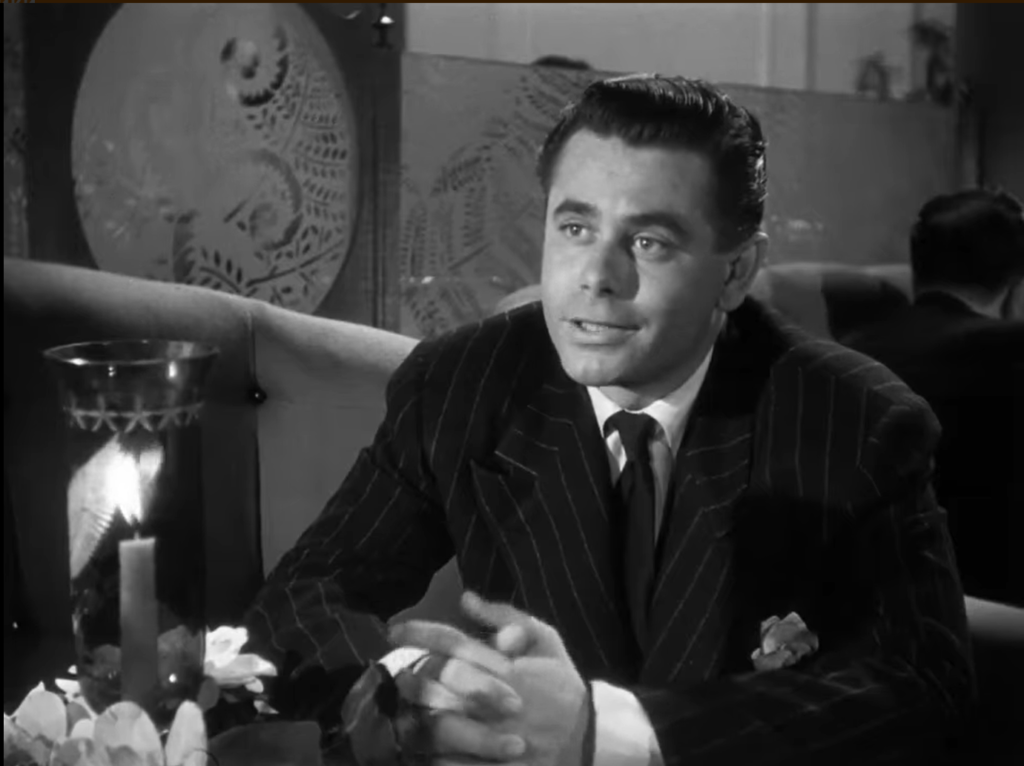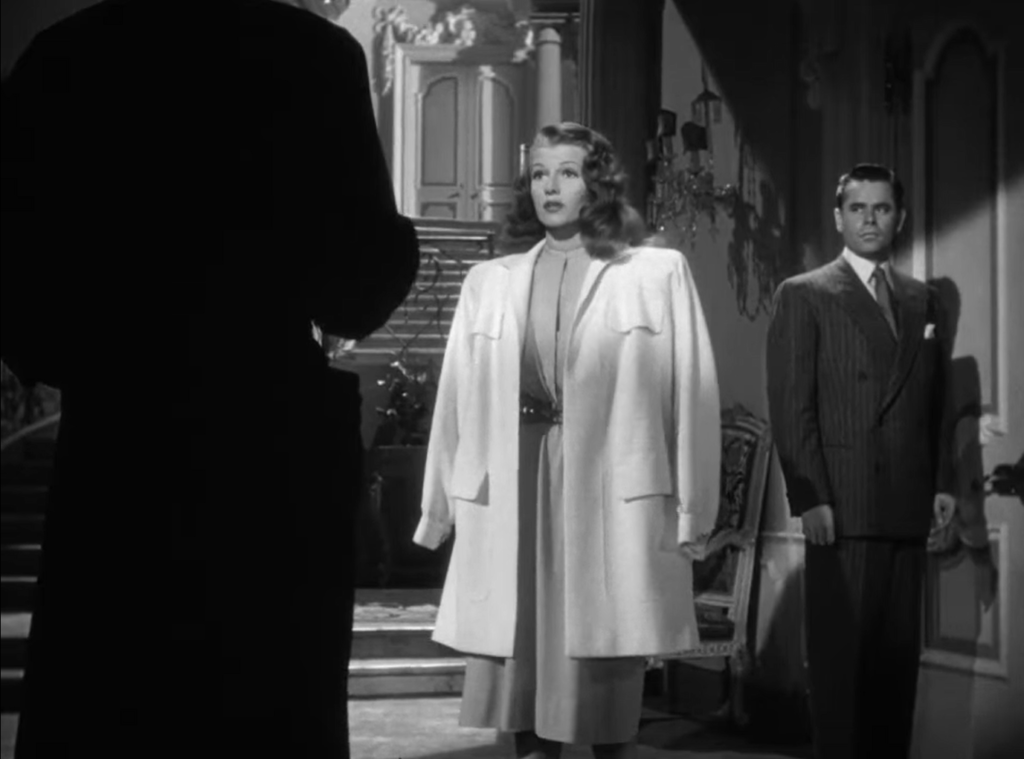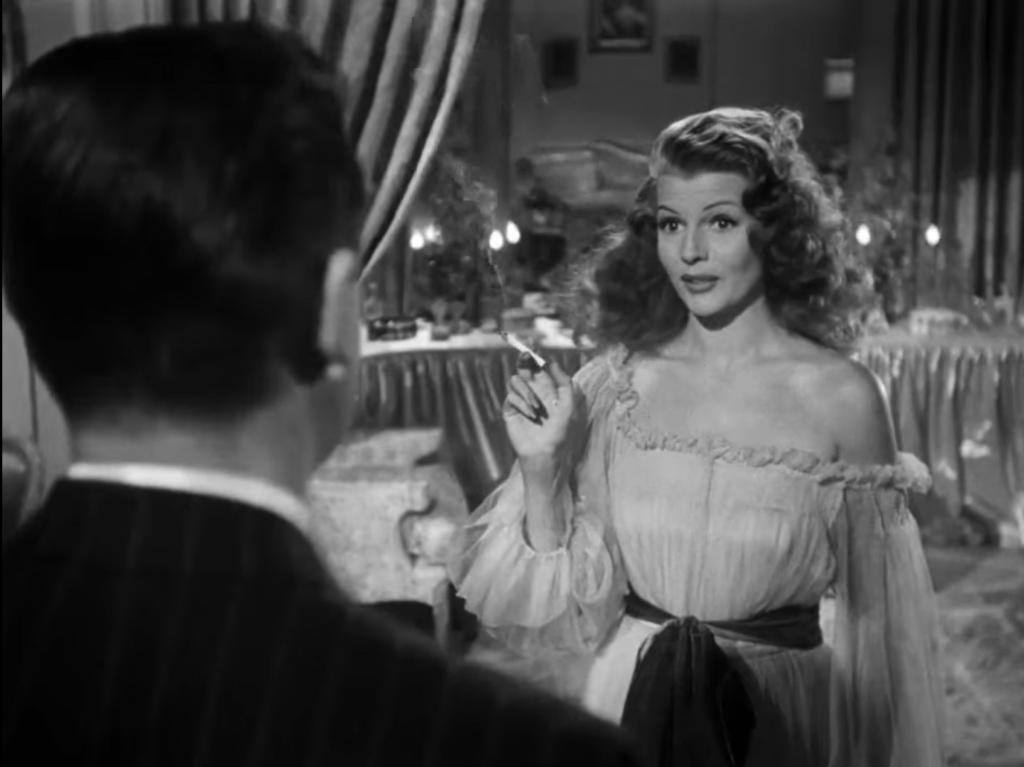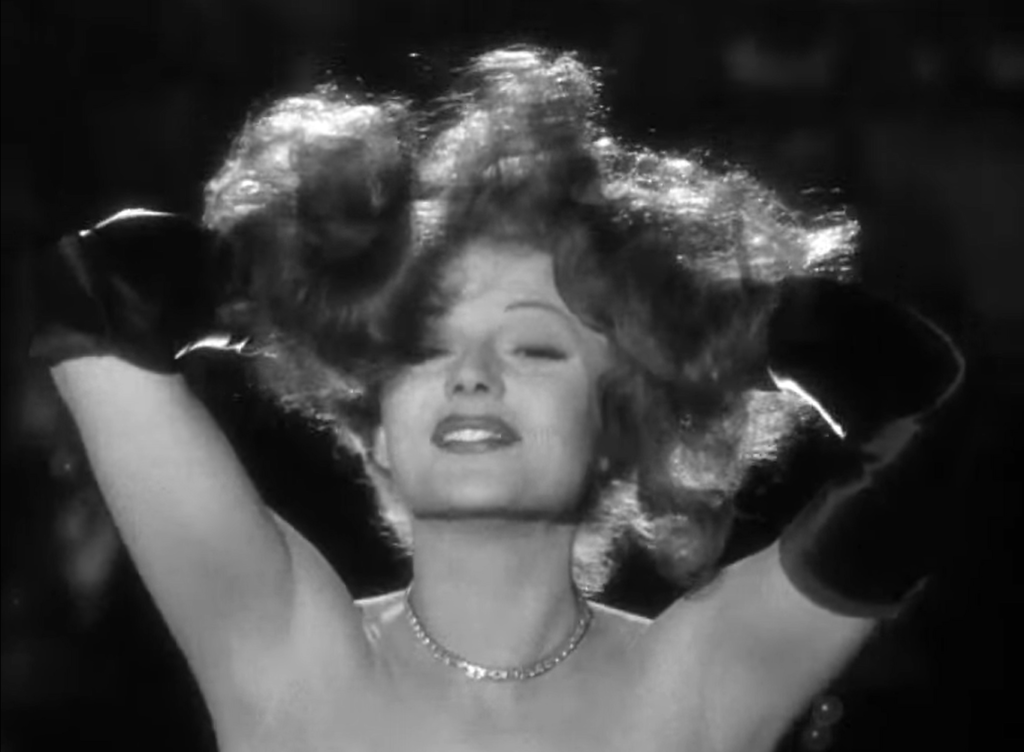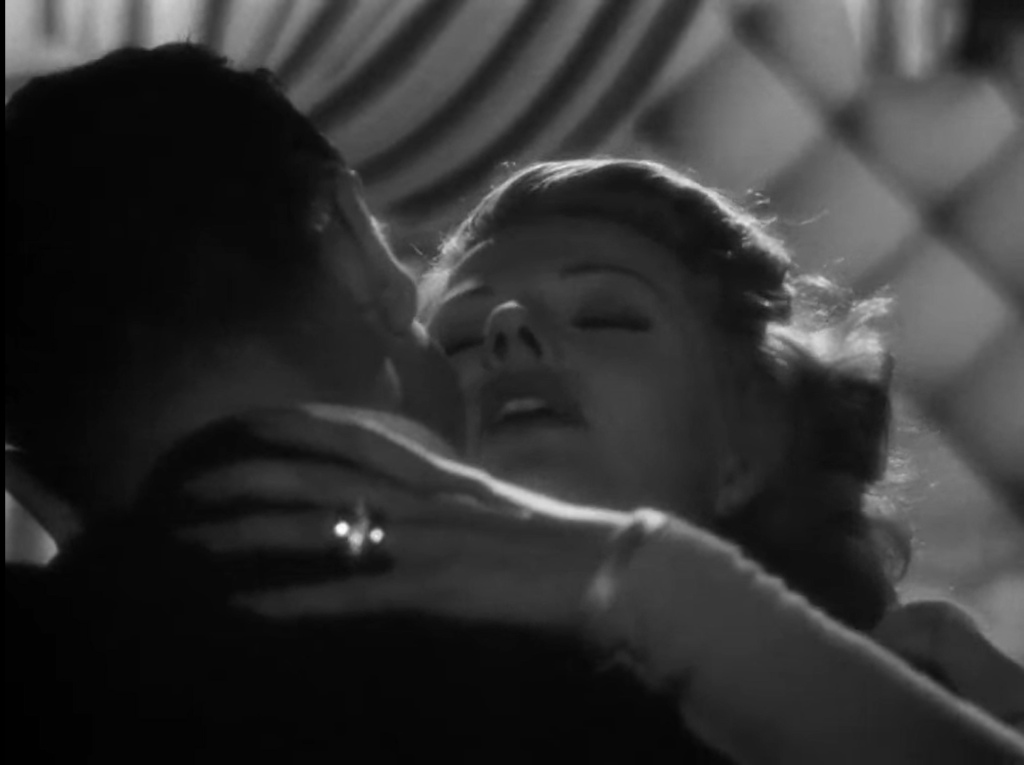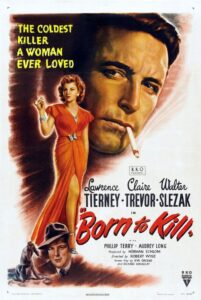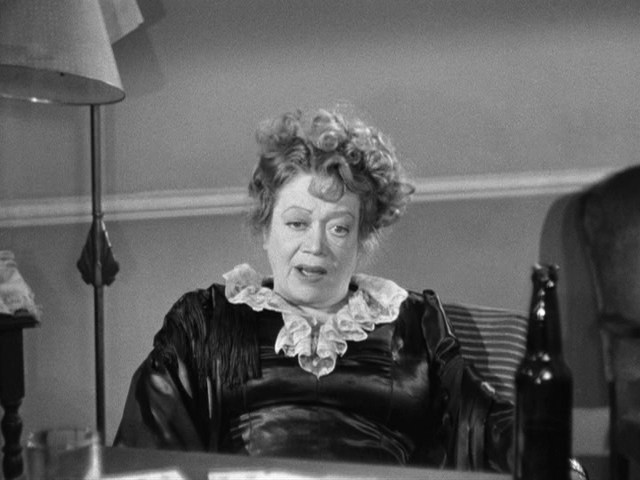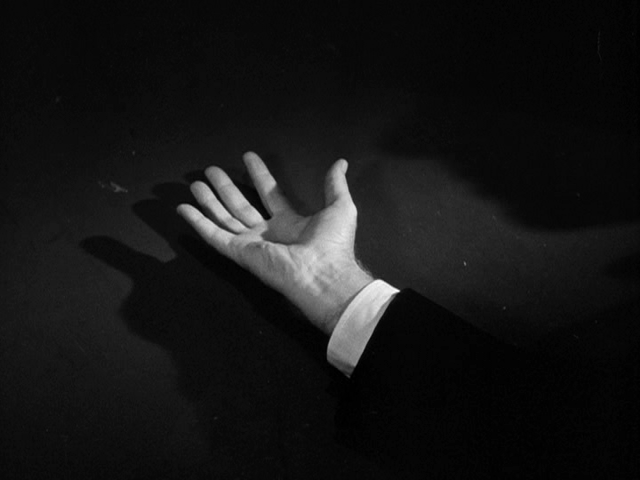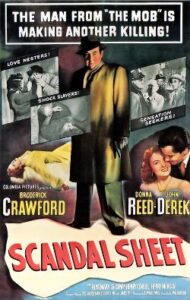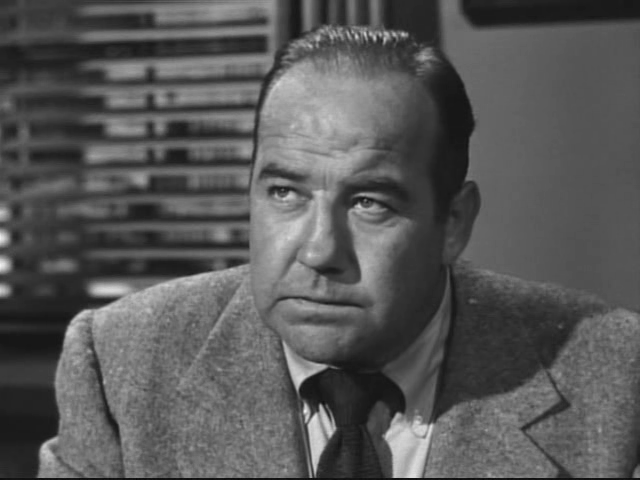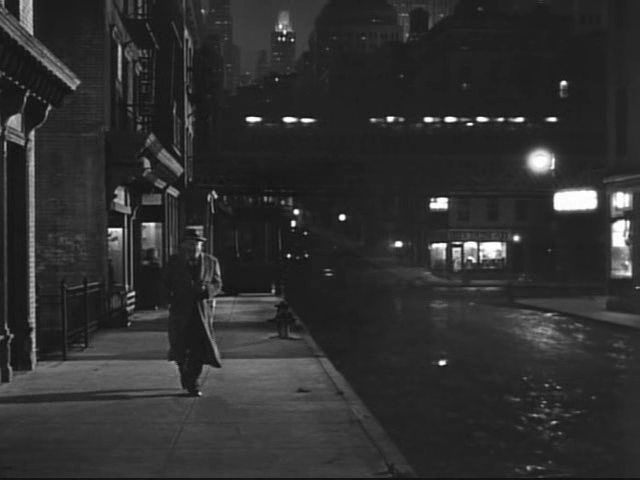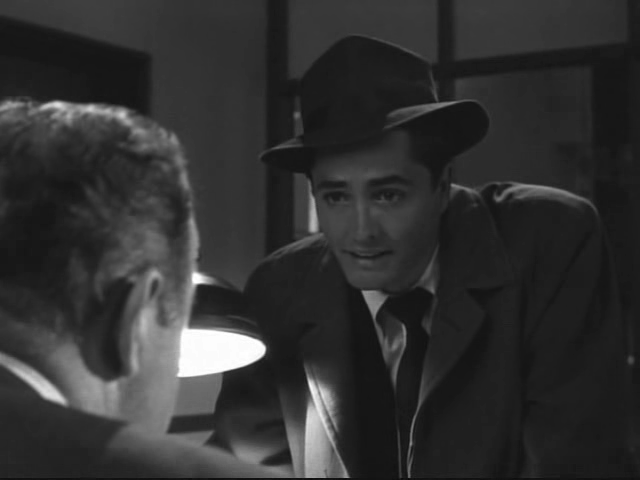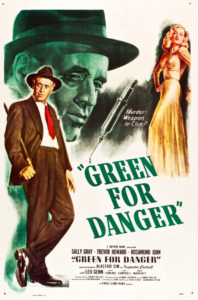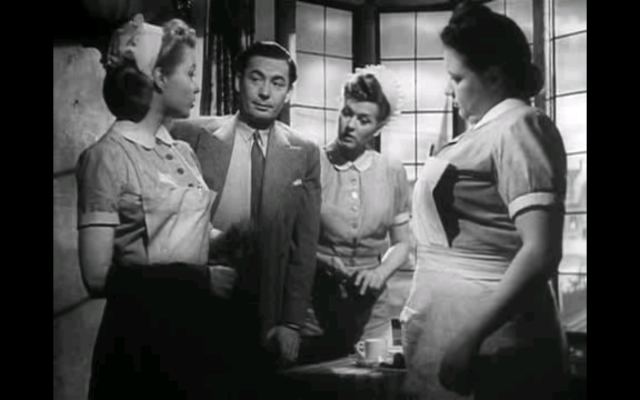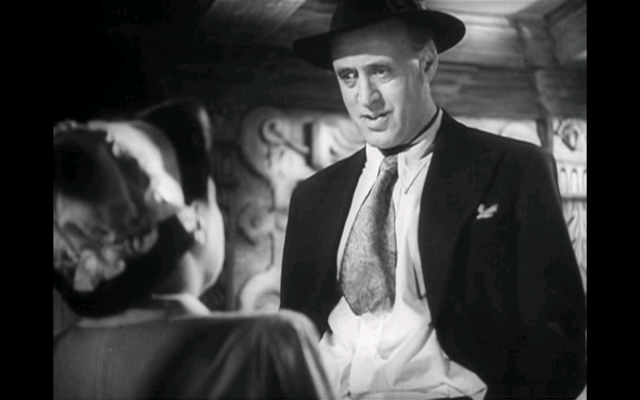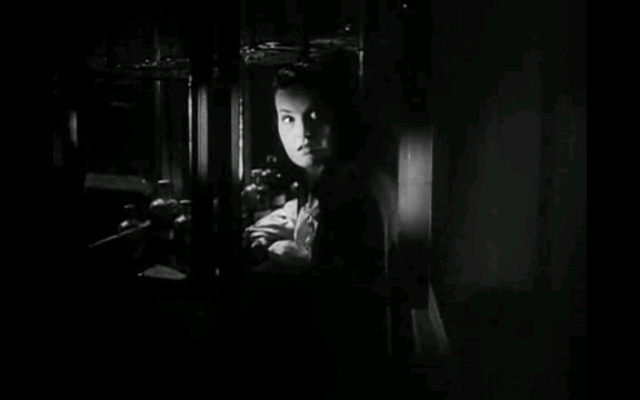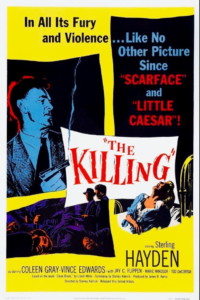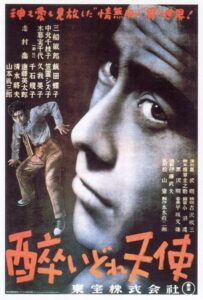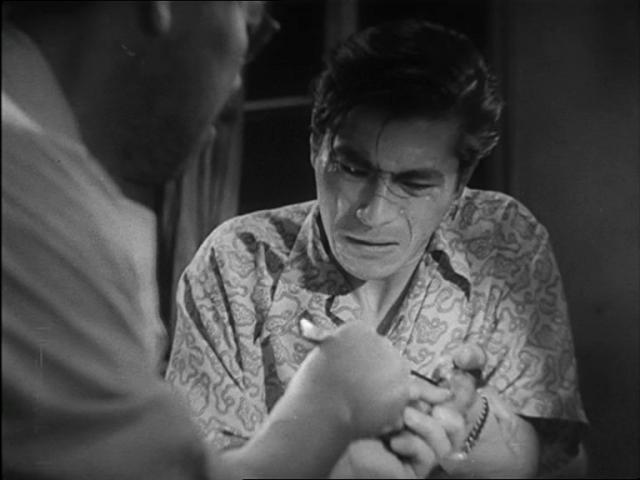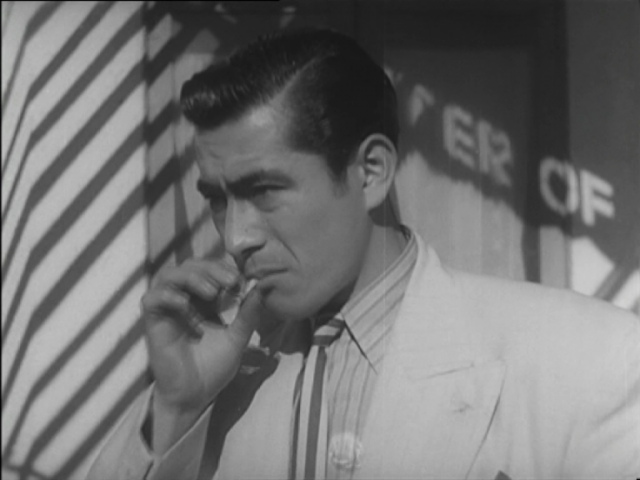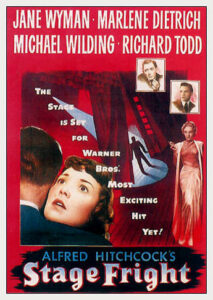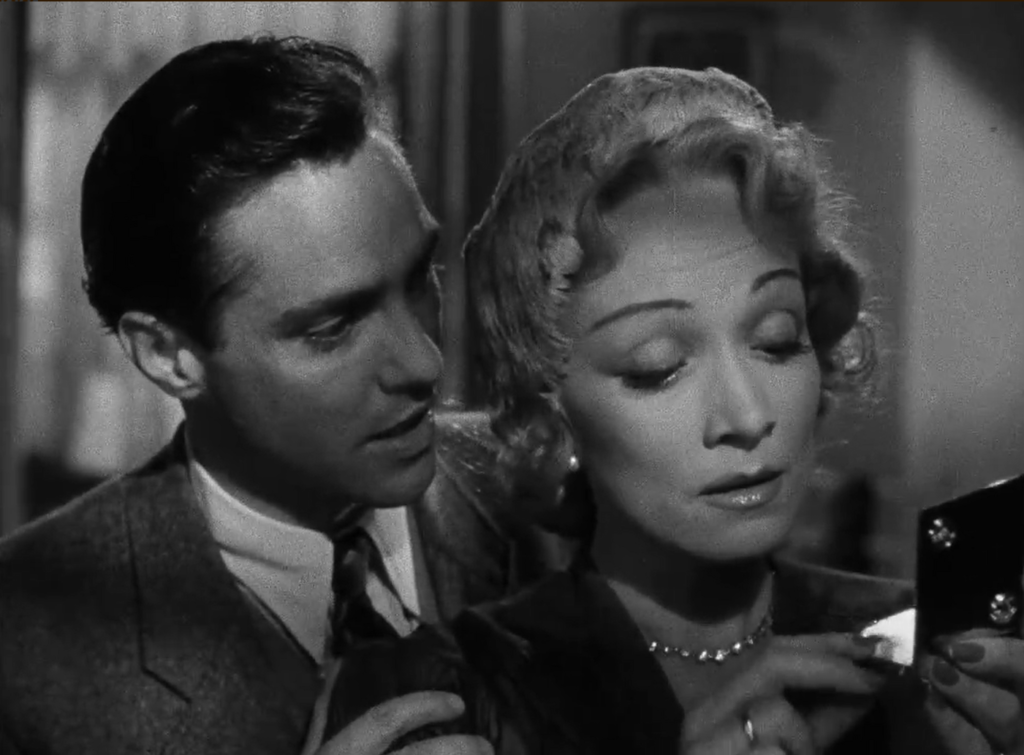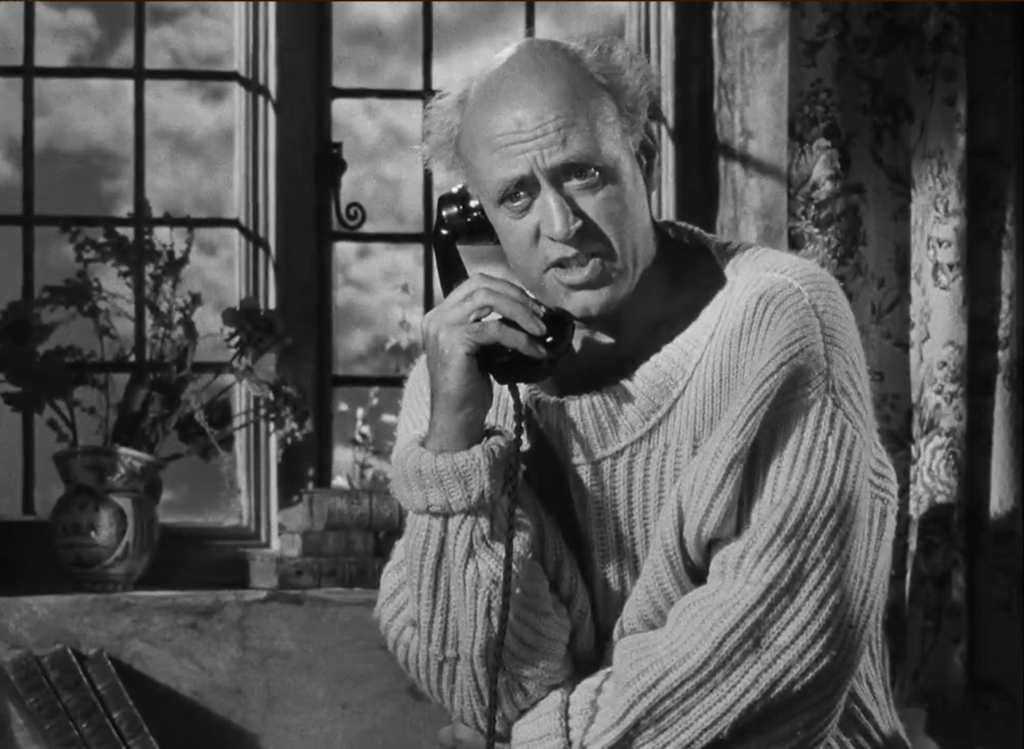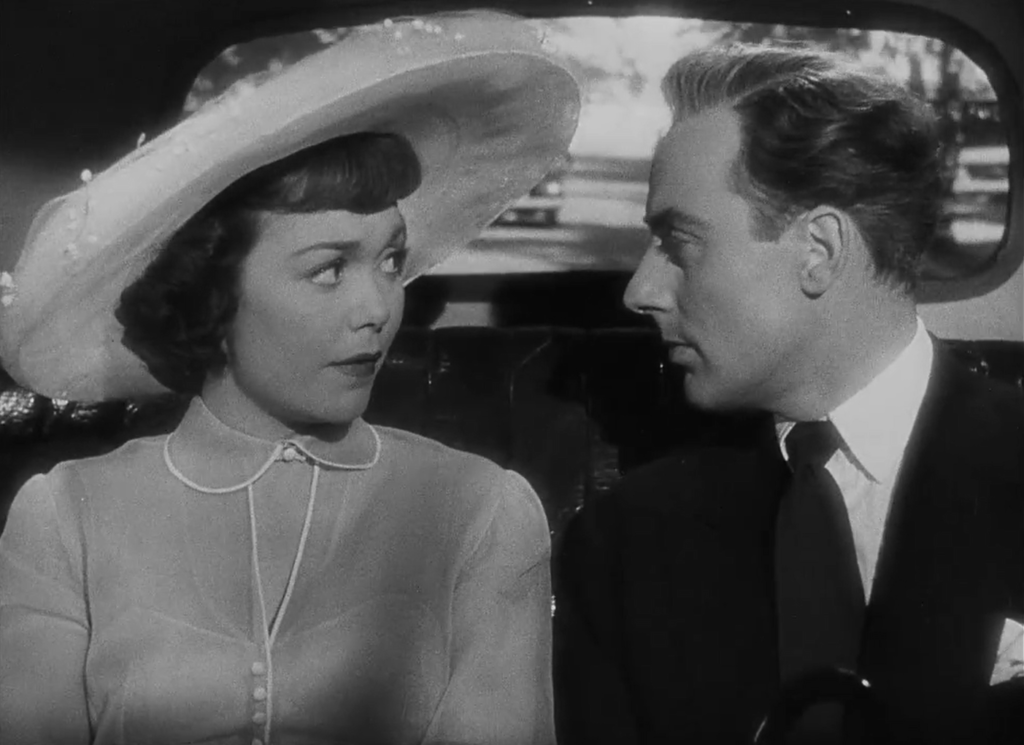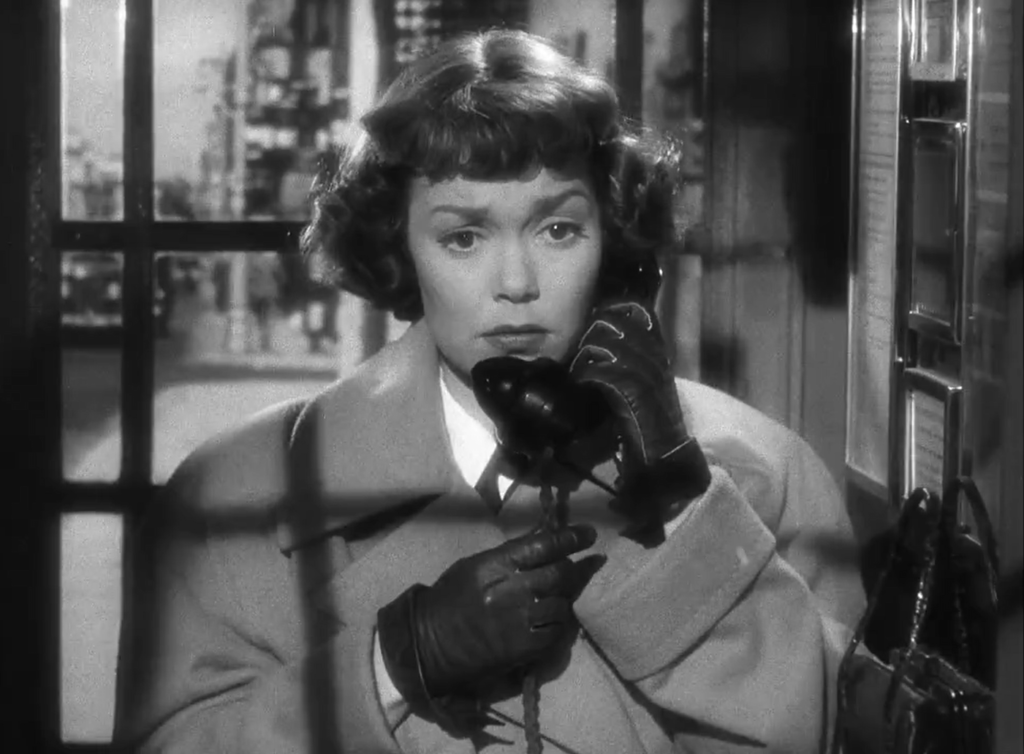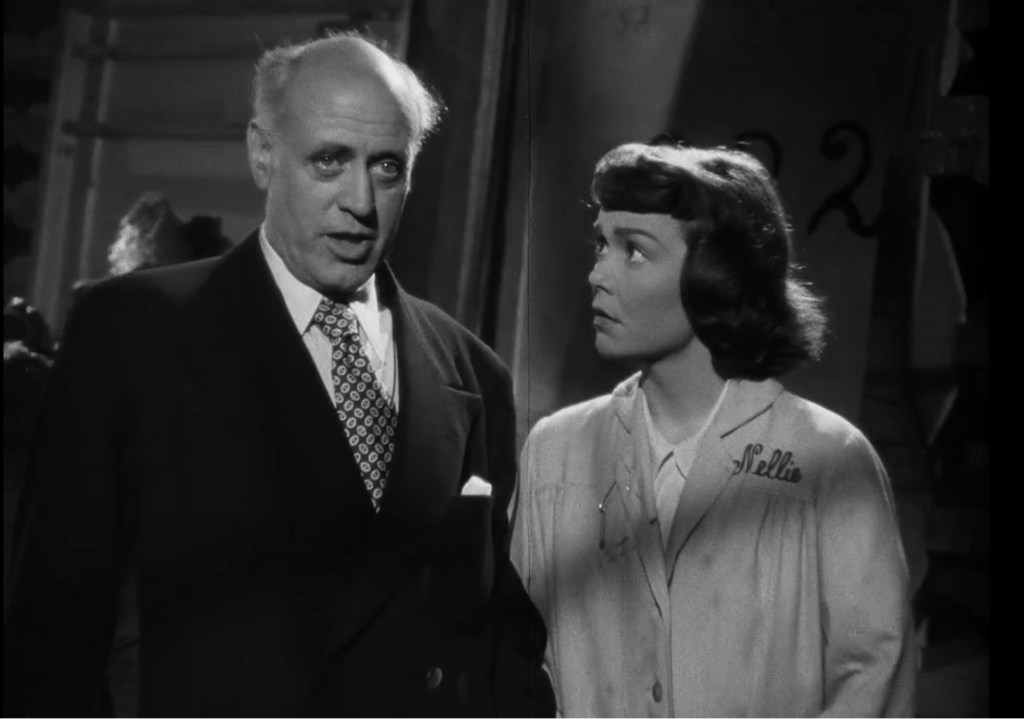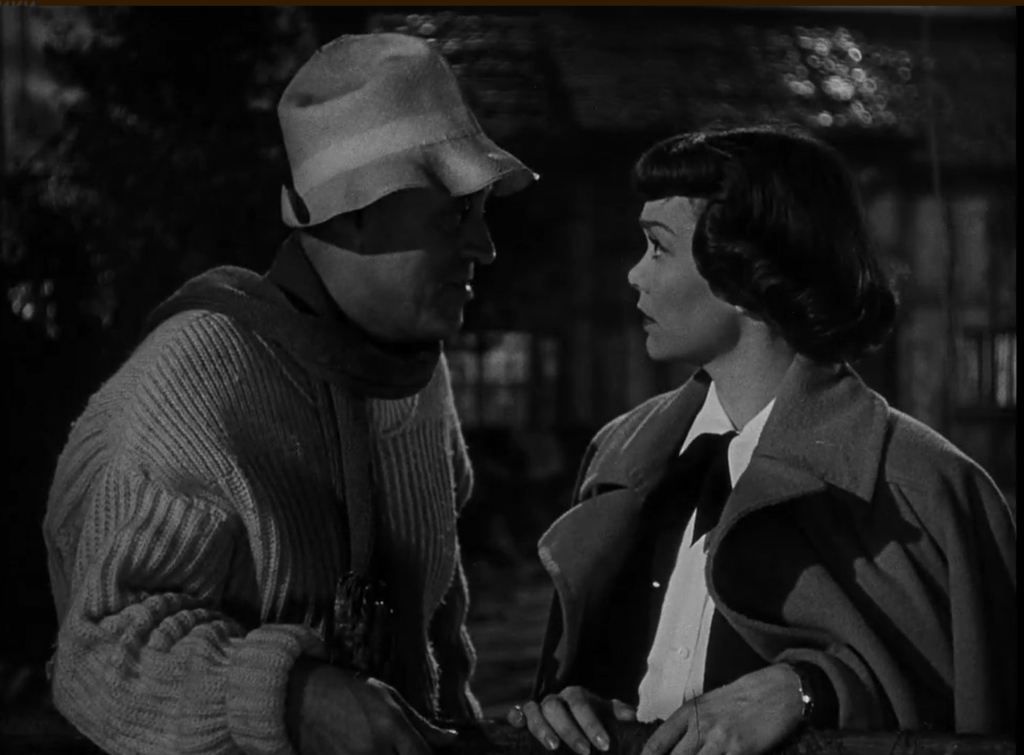|
Genres, Themes, Actors, and Directors:
- Coleen Gray Films
- Elisha Cook Jr. Films
- Ex-Cons
- Heists
- Henpecked Husbands
- Marie Windsor Films
- Stanley Kubrick Films
- Sterling Hayden Films
Response to Peary’s Review:
As Peary notes, this “first-rate, exciting, fatalistic caper film” — Stanley Kubrick’s “first major work” — features “interesting characters, smart dialogue, terrific suspense”, and one of the most startling endings in cinematic history (though Peary argues it “has since become cliche”). Kubrick makes excellent use of his small budget, compensating by shooting “his indoor shoebox sets imaginatively, actually emphasizing their tightness”, thus adding a sense of claustrophobia “to the tension of both characters and viewers”. In addition, as Peary notes, the “picture has [a] striking rhythm due to sharp editing within sequences and because of the non-chronological structure” of the film, in which “each time the race is about to begin [Kubrick] moves back in time and repeats the passed time from a different character’s perspective”. Lucien Ballard’s stark noir cinematography adds to the film’s overall atmosphere of strained anticipation.
As The Killing begins, a solemn voiceover (Art Gilmore) informs us:
At exactly 3:45 on that Saturday afternoon in the last week of September, Marvin Unger was, perhaps, the only one among the hundred thousand people at the track who felt no thrill at the running of the fifth race.
This voiceover — a dated relic which mostly feels unnecessary — continues periodically throughout the movie, filling us in on the specifics of each character’s actions, and how they all relate to the grand heist. Indeed, while Sterling Hayden (nominated by Peary as one of the best actors of the year in his Alternate Oscars book) is ostensibly the film’s protagonist:
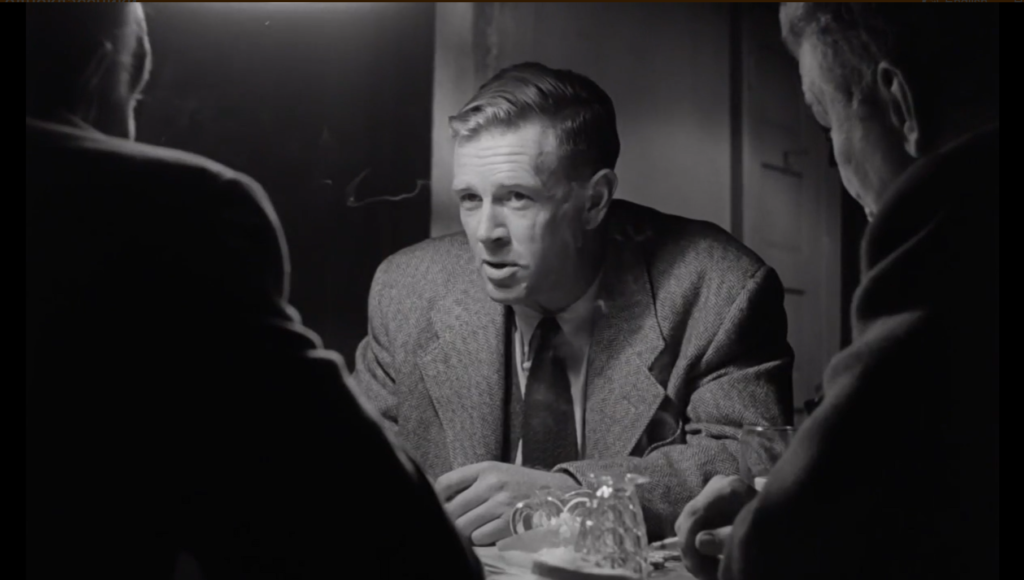
… screentime is actually distributed amongst the motley crew of heist participants, and our allegiance and attention shift as needed to the other players in the film.
For a while, for instance, Elisha Cook, Jr.’s troubled relationship with his “manipulative, unfaithful, double-crossing wife” (played to B-level perfection by Marie Windsor) dominates the story, as his foolhardy desire to save his sham of a marriage propels the entire operation towards its inevitable doom.
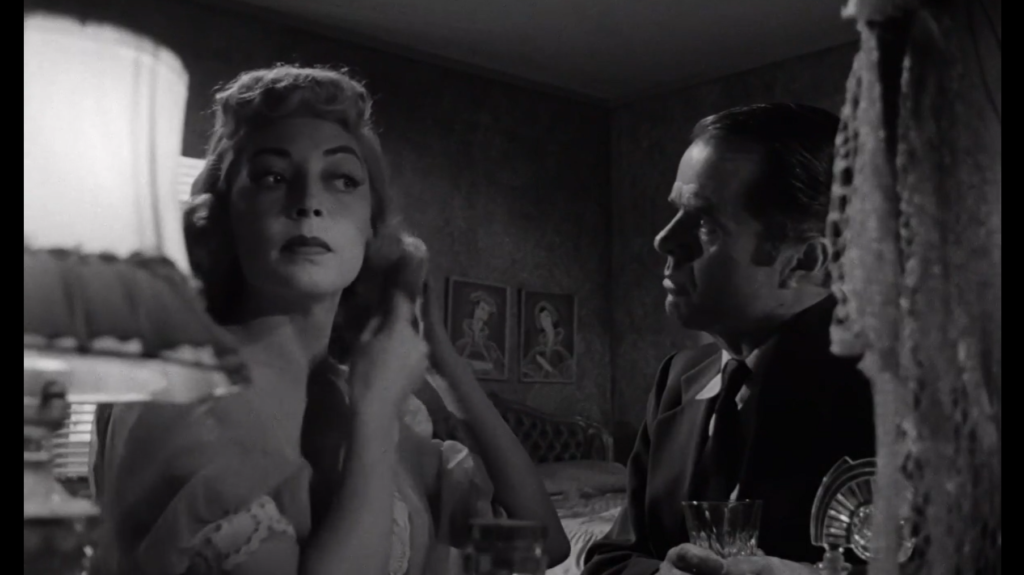
During these scenes, Windsor is given some of the best hardboiled dialogue in the film (courtesy of Jim Thompson):
It isn’t fair. I never had anybody but you. Not a real husband. Not even a man. Just a bad joke without a punch line.
Soon we’re caught up in the mechanics of the heist itself, watching as each player fulfills his well-timed part, and “the pieces of a great puzzle fall into place”. Tension builds incrementally, as we wonder when the inevitable slip-up will occur; the interactions between a hick hired gun (Timothy Carey, reminiscent of John Turturro) and the black racetrack employee (James Edwards) he sweet-talks into letting him into a parking lot ahead of time are particularly riveting and disturbing.
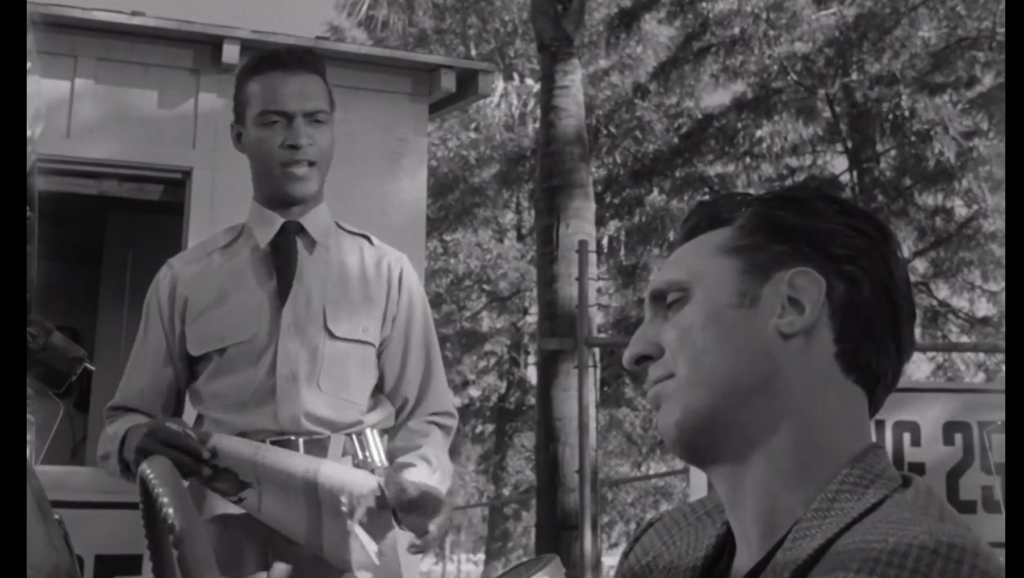
By the end of the film, the story has cycled back to Hayden, and we watch with bated breath to see what fate holds for him and his “nice girlfriend” (an underused Colleen Gray).
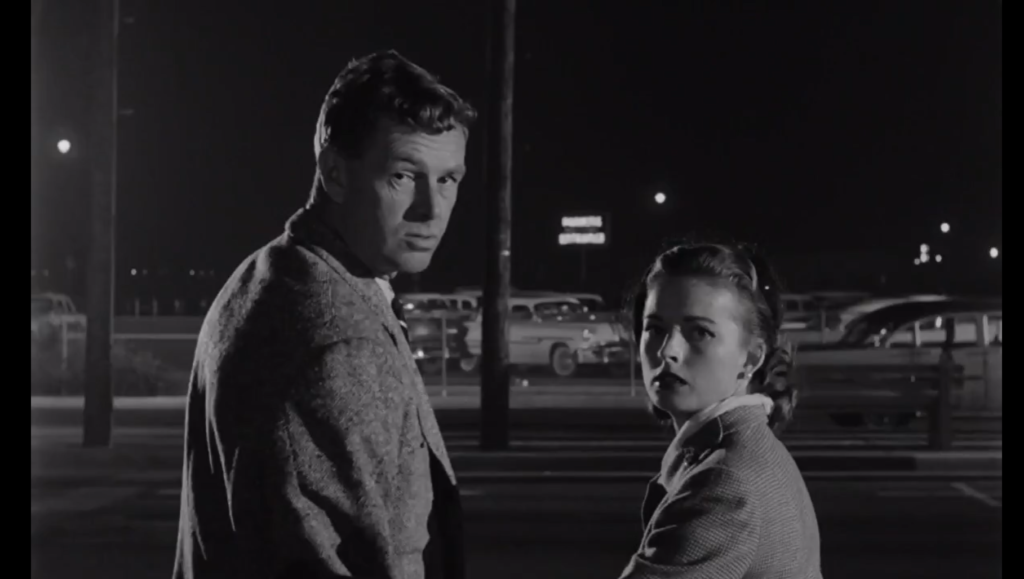
All I’ll say is: watch the woman with the dog.
Note: Peary accurately points out that the film “recalls Jean-Pierre Melville’s Bob Le Flambeur” — another must-see classic.
Redeeming Qualities and Moments:
- Lucien Ballard’s cinematography
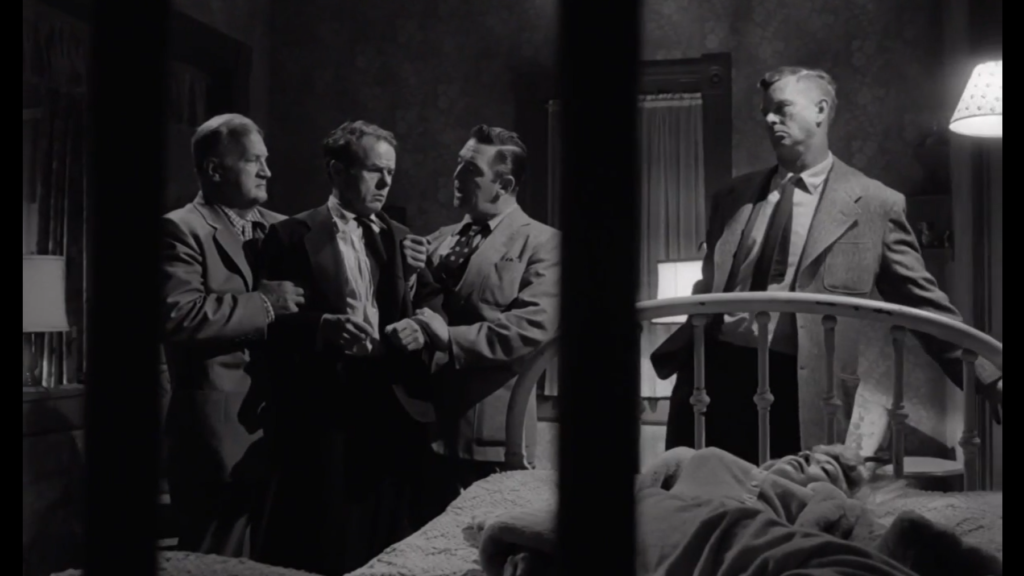
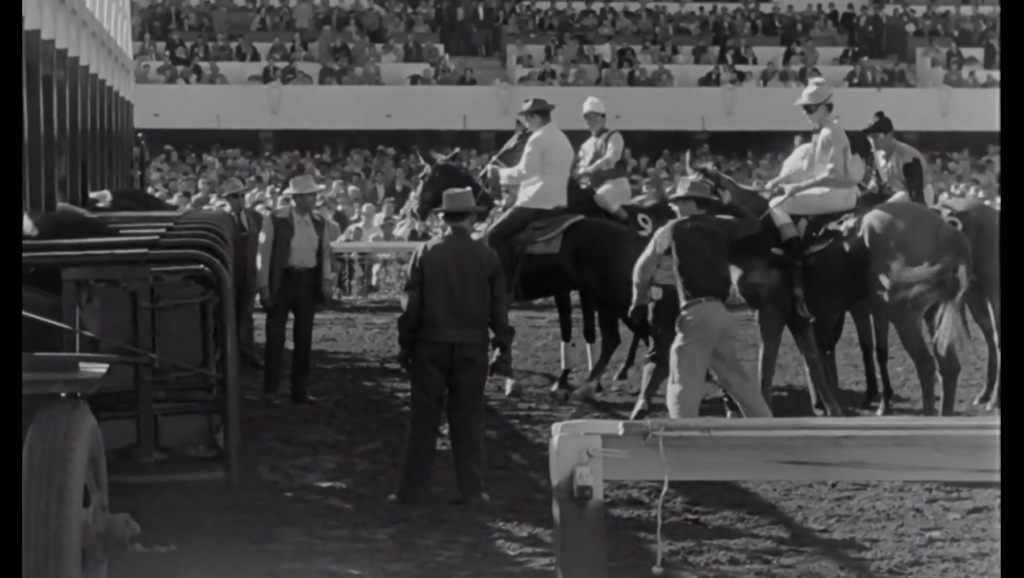
- Fine supporting performances
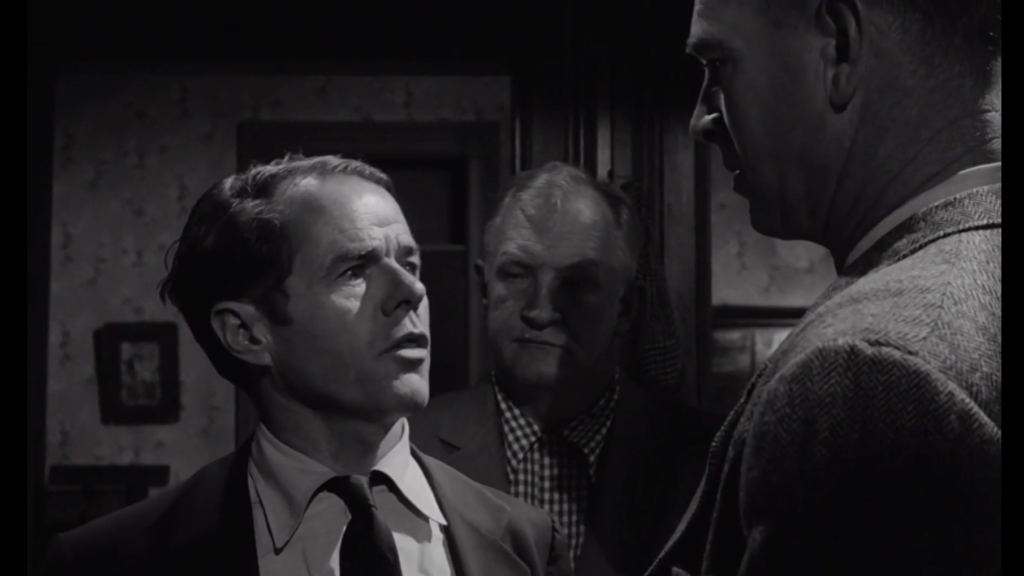
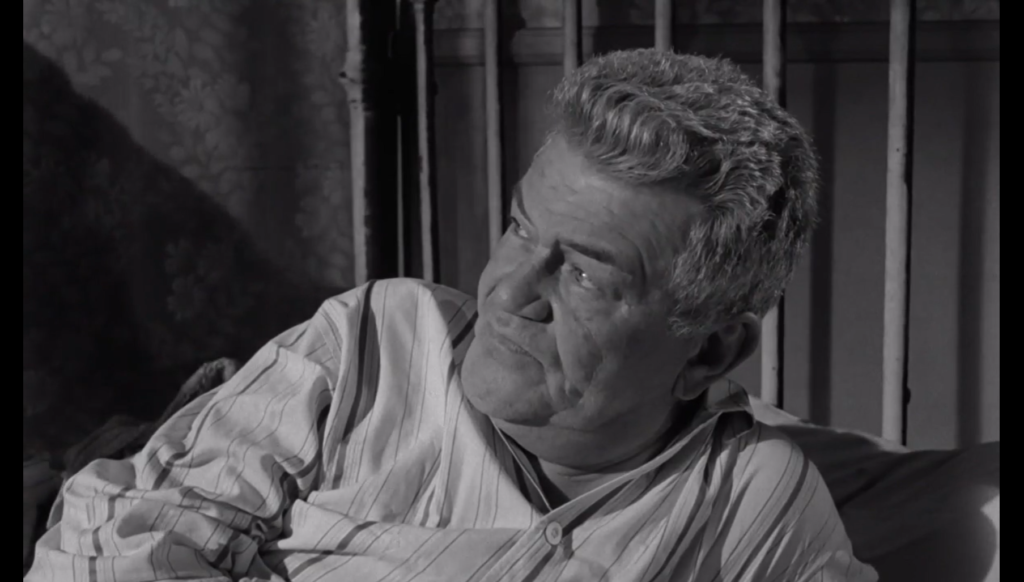
- The knuckle-gripping ending
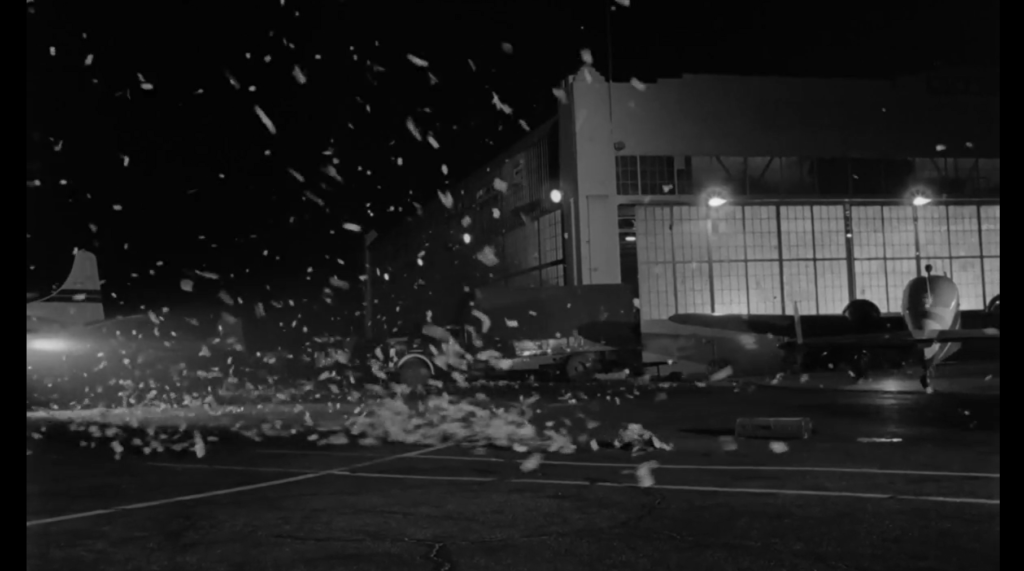
Must See?
Yes, as Kubrick’s breakthrough film, and as an all-around good show. Nominated as one of the best pictures of the year in Peary’s Alternate Oscars.
Categories
- Good Show
- Important Director
Links:
|
